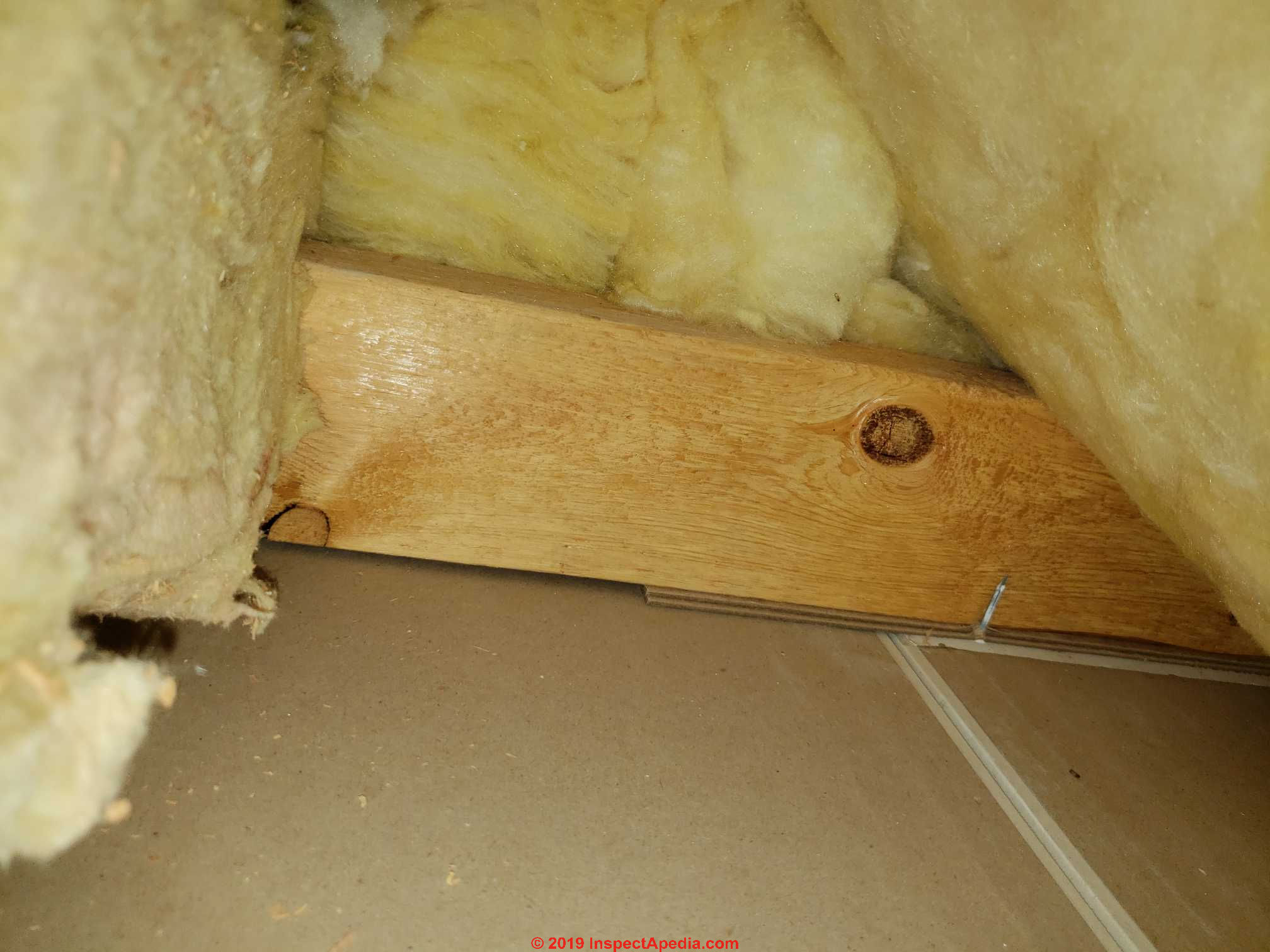Squealing typically a sign of baby raccoons.
Cracking noises in attic.
Clicking knocking and clanking no that s not the sound of chains rattling in the attic.
Sometimes loud noises in the attic may be caused by other factors not related to house settling or expansion contraction issues.
Our house is making settling noises in the attic over the bedroom.
Signs raccoons are in your home.
The creaking sound is perfectly normal and is caused by the movement of roof timbers responding to changes in temperature.
There are a few possible sources for this sound but none of them ghostly or even worrying enough to call.
Chirping sounds within your home.
If you are concerned about these noises contact a home inspection professional for assistance.
Day and night we hear loud cracking or popping sounds usually three or four in succession.
So if you hear noises when you first wake up you could have birds flying in and out of your attic.
Mice rats birds or other animals may have entered the home and are chewing digging and pecking on the interior of your home from the attic or inside the walls.
In addition to bees ailion says raccoons squirrels and birds have been known to get into attics and cause noises of course mice and rats can do the same.
Damage to electrical wiring.
Our house was built 10.
At night attic can sometime make loud creaking and cracking sounds.
The most common time of year to hear raccoon noises in the attic is in the spring.
It can ofter sound as if the roof is broken in some way or the roof is going to collapse.
Bird nests can harbor diseases and bird fecal dust can become airborne unfortunately.
When you hear noises in the attic during the early morning there are a few pests that could be to blame.
Heavy pounding noises in the attic or ceiling.
One problem that could be causing a popping sound in your walls or in the attic is pests.
Skittering sounds squeaks buzzes and other noises coming from your walls and attic may mean there s something living in your house that isn t part of your family.
They enjoy crawl spaces ceilings walls or ducts.

